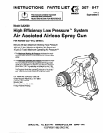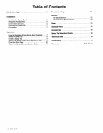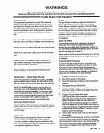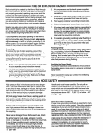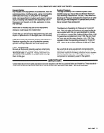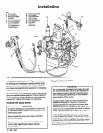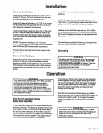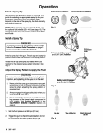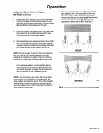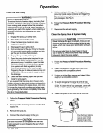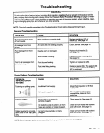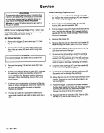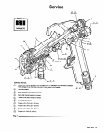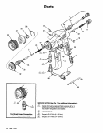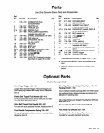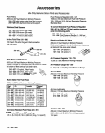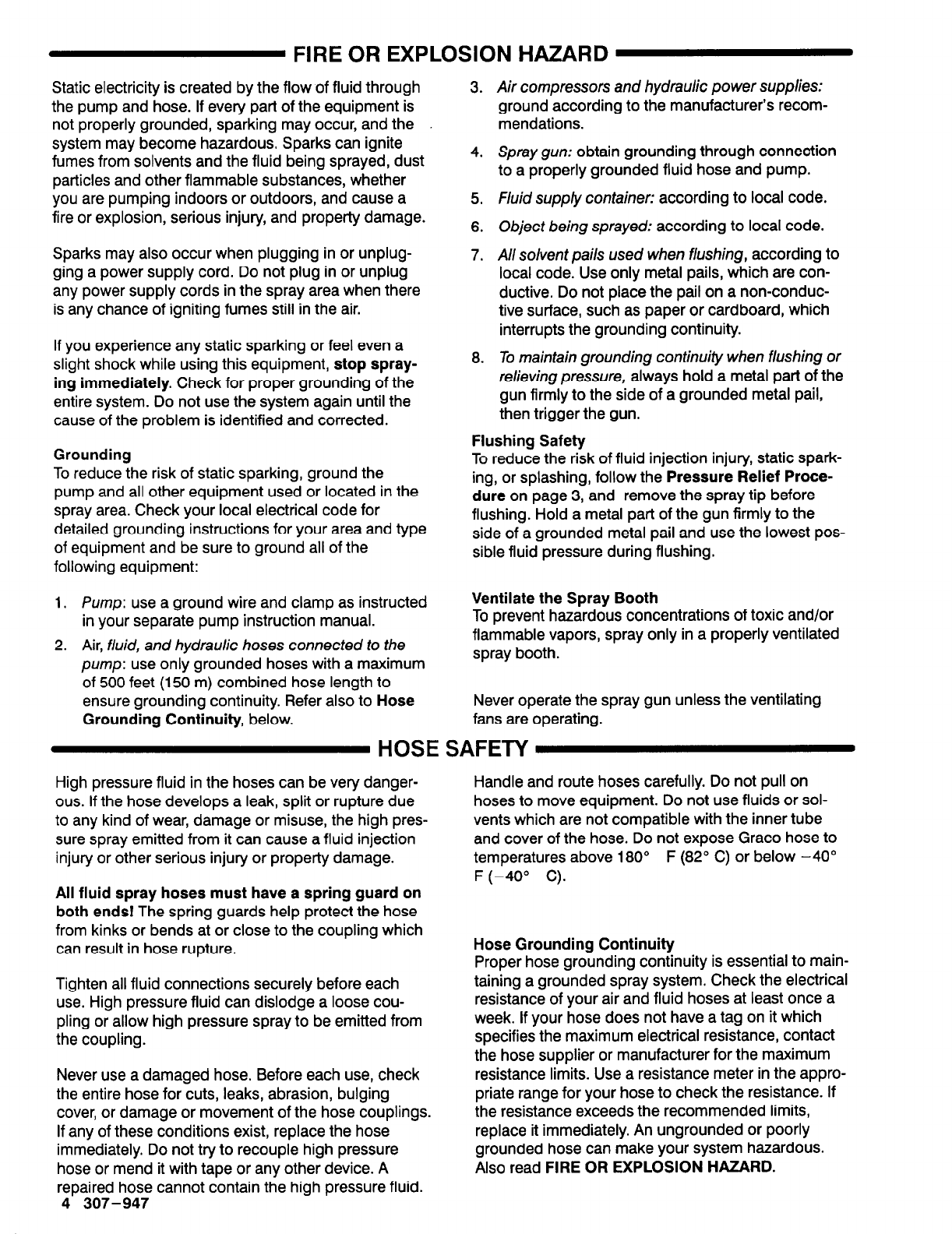
Static electricity is created by the flow of fluid through
the pump and hose. If every part of the equipment is
not properly grounded, sparking may occur, and the
system may become hazardous. Sparks can ignite
fumes from solvents and the fluid being sprayed, dust
particles and other flammable substances, whether
you are pumping indoors or outdoors, and cause a
fire or explosion, serious injury, and property damage.
Sparks may also occur when plugging in or unplug-
ging a power supply cord. Do not plug in or unplug
any power supply cords in the spray area when there
is any chance of igniting fumes still in the air.
If you experience any static sparking or feel even a
slight shock while using this equipment, stop spray
ing immediately. Check for proper grounding of the
entire system. Do not use the system again until the
cause of the problem is identified and corrected.
Grounding
To reduce the risk of static sparking, ground the
pump and all other equipment used or located in the
spray area. Check your local electrical code for
detailed grounding instructions for your area and type
of equipment and be sure to ground all of the
following equipment:
1.
Pump:
use a ground wire and clamp as instructed
in your separate pump instruction manual.
2. Air,
fluid, and hydraulic hoses connected to the
pump:
use only grounded hoses with a maximum
of 500 feet (150 m) combined hose length to
ensure grounding continuity. Refer also to Hose
Grounding Continuity, below.
4.
5.
6.
7.
8.
Air compressors and hydraulic power supplies:
ground according to the manufacturer’s recom-
mendations.
Spray gun:
obtain grounding through connection
to a properly grounded fluid hose and pump.
Fluid suppfy container:
according to local code.
Object being sprayed:
according to local code.
All solvent pails used when flushing,
according to
local code. Use only metal pails, which are con-
ductive. Do not place the pail on a non-conduc-
tive surface, such as paper or cardboard, which
interrupts the grounding continuity.
To maintain grounding continuity when flushing or
relieving pressure,
always hold a metal part of the
gun firmly to the side of a grounded metal pail,
then trigger the gun.
Flushing Safety
To reduce the risk of fluid injection injury, static spark-
ing, or splashing, follow the Pressure Relief Proce-
dure on page 3, and remove the spray tip before
flushing. Hold a metal part of the gun firmly to the
side of a grounded metal pail and use the lowest pos-
sible fluid pressure during flushing.
Ventilate the Spray Booth
To prevent hazardous concentrations of toxic and/or
flammable vapors, spray only in a properly ventilated
spray booth.
Never operate the spray gun unless the ventilating
fans are operating.
HOSE SAFETY
High pressure fluid in the hoses can be very danger-
ous. If the hose develops a leak, split or rupture due
to any kind of wear, damage or misuse, the high pres-
sure spray emitted from it can cause a fluid injection
injury or other serious injury or property damage.
All fluid spray hoses must have a spring guard on
both ends! The spring guards help protect the hose
from kinks or bends at or close to the coupling which
can result in hose rupture.
Tighten all fluid connections securely before each
use. High pressure fluid can dislodge a loose cou-
pling or allow high pressure spray to be emitted from
the coupling.
Never use a damaged hose. Before each use, check
the entire hose for cuts, leaks, abrasion, bulging
cover, or damage or movement of the hose couplings.
If any of these conditions exist, replace the hose
immediately. Do not try to recouple high pressure
hose or mend it with tape or any other device. A
repaired hose cannot contain the high pressure fluid.
4 307-947
Handle and route hoses carefully. Do not pull on
hoses to move equipment. Do not use fluids or sol-
vents which are not compatible with the inner tube
and cover of the hose. Do not expose Grace hose to
temperatures above 180” F (82” C) or below -40”
F (-40” C).
Hose Grounding Continuity
Proper hose grounding continuity is essential to main-
taining a grounded spray system. Check the electrical
resistance of your air and fluid hoses at least once a
week. If your hose does not have a tag on it which
specifies the maximum electrical resistance, contact
the hose supplier or manufacturer for the maximum
resistance limits. Use a resistance meter in the appro-
priate range for your hose to check the resistance. If
the resistance exceeds the recommended limits,
replace it immediately. An ungrounded or poorly
grounded hose can make your system hazardous.
Also read FIRE OR EXPLOSION HAZARD.



